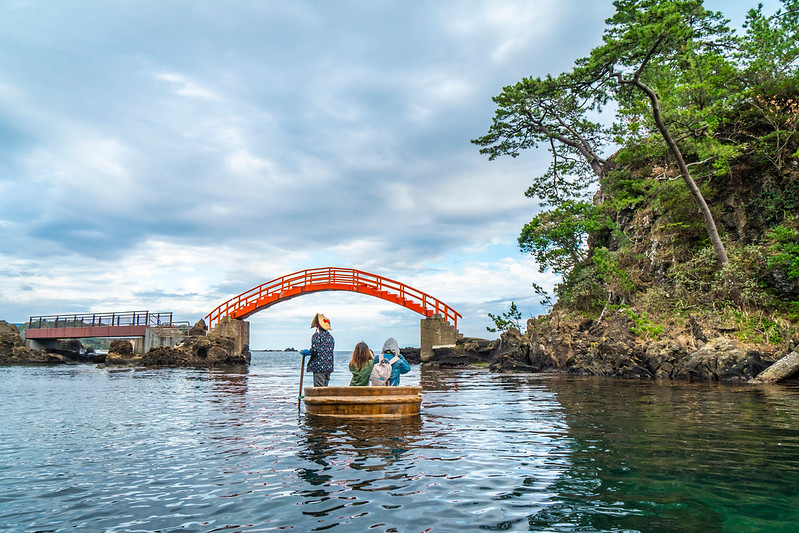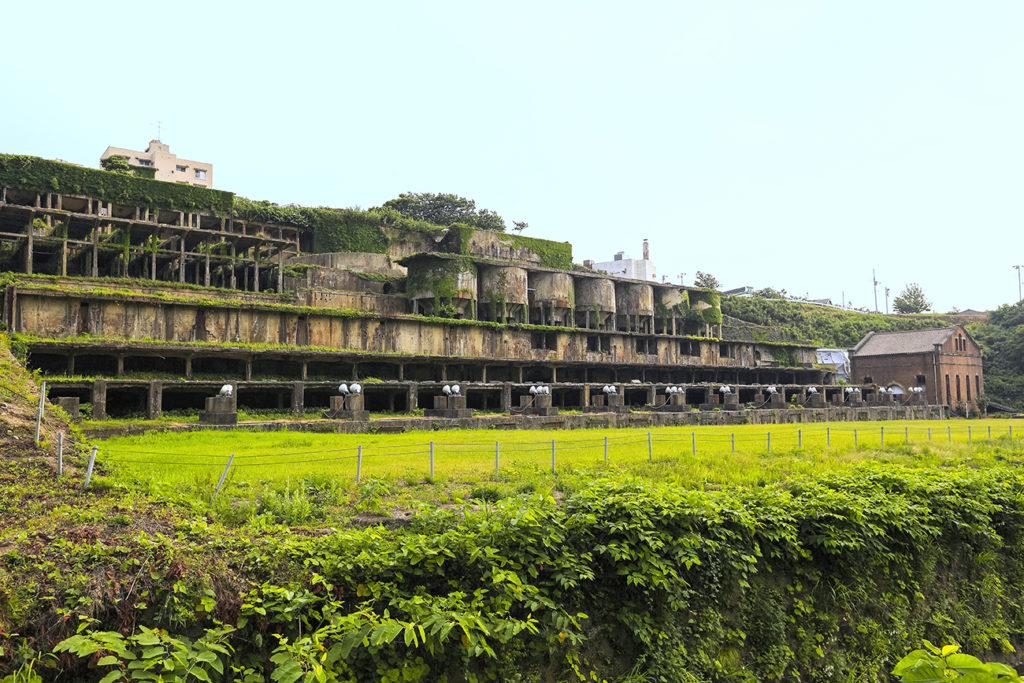
Unearthing Sado
Sado is just one of the thousands of islands to discover in Japan. Its city takes up the whole of Sado Island in Niigata Prefecture, in the Chūbu region. Sado, the sixth largest island in the country, has an interesting past.
Sado (佐渡市 Sado-shi) contains two mountain ranges that run from southwest to northeast. The Ōsado range to the north is slightly higher than the Kosado range in the south. A number of archaeological findings indicate that Sado was inhabited as early as the Jomon period (the time in Prehistoric Japan from about 12,000 B.C.E.). A large number of pottery artifacts were discovered near Ogi in the south of the island. The Nihon Shoki also mentions that the Mishihase people (believed to have lived along the northern portion of the coast of the Sea of Japan) visited the island in 544.
Sado Province was formed separately from the Echigo province on Honshū in the early 8th century. In 1185, the assigned representative Shugo (equivalent to a governor) of Sado, Jirō Osaragi, appointed Honma Yoshihisa as his shugodai (delegate) for the province. The Honma clan ruled Sado until Uesugi Kagekatsu took control of the island in 1589. Uesugi was defeated at Sekigahara, then gold was soon discovered in the island, which prompted the interest of the shogunate to take direct control of it.
Sado Island’s remoteness from mainland Japan became an ideal location for banished Japanese figures. Exile to Sado was considered a grave punishment, second only to the death penalty. People banished to the island were not expected to return.
Sado Gold Mine (佐渡金山) or Sado Kinzan is the most important historical site on Sado Island. It is being promoted to be listed soon as a UNESCO World Heritage site. It was Japan’s largest gold mine, in operation from 1601 until 1989 when operations ceased. Over 15,000,000 tons of ore were mined at Sado Gold Mine, producing 78 tons of gold and 2,300 tons of silver. The Sado complex of heritage mines have formed a cultural tradition based on an evolving set of mining-related technologies and mine management system. This is a result of the constant introduction of new mining techniques and technical expertise from both Japan and abroad and the development on Sado over the course of more than four hundred years. Sado Gold Mine is a beautiful place to explore to discover the culture and history of Japan.


